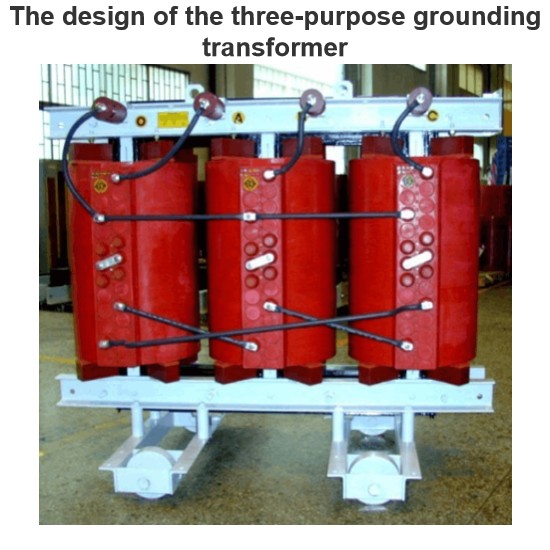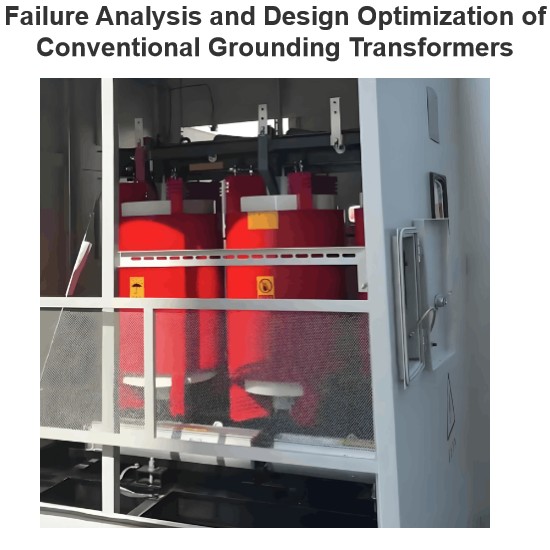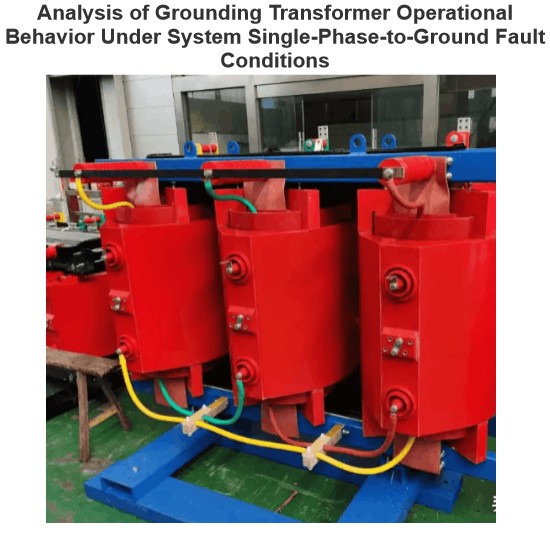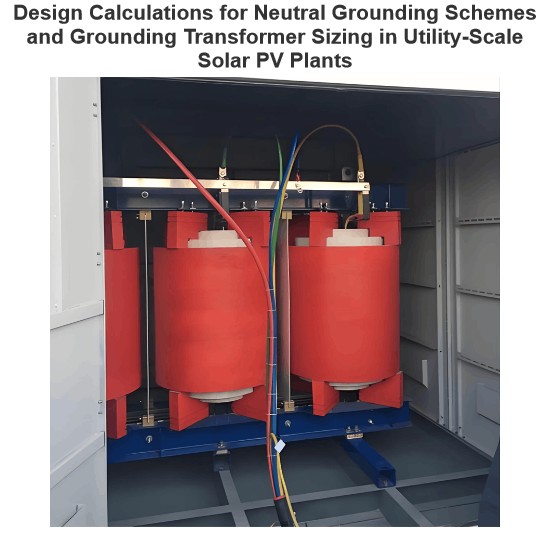Top 25 Important Transformer Interview Questions
1). What is a Transformer?
A transformer is a static device that converts electrical power from one circuit to another without affecting the frequency by stepping up (or) stepping down the voltage.
2). What is the theory behind the transformer’s operation principle?
The theory of mutual induction explains the operation of a transformer. A common magnetic flux connects two electrical circuits.
3). What is meant by a transformer’s rating?
A transformer’s rating is the maximum power that may be extracted from it without the temperature increase in the winding exceeding the permissible limits for the type of insulation used.
4). How and why is a transformer’s rated capacity expressed?
A transformer’s rated capacity is indicated in KVA rather than KW. A transformer’s rating can often be determined by its temperature increase.
The losses in the machine cause the temperature to rise. Copper loss is proportional to load current, while iron loss is proportional to voltage. As a result, the overall loss of a transformer is determined by the volt-ampere (VA) & is independent of the load power factor.
At any power factor value, a given current will result in the same I2R loss.
This loss reduces the machine’s production process. The power factor determines the output in kilowatts. If the power factor falls for a given KW load, the load current rises correspondingly, generating higher losses and a rise in machine temperature.
For the reasons stated above, transformers are typically rated in KVA rather than KW.
5). What is a transformer’s power factor?
A transformer’s power factor is very low & lags when there is no load. However, the power factor on load is nearly identical or equal to the power factor of the load being carried.
6). In a transformer, what is the normal phase difference between the voltage & the on-load current?
Normally, the no load current in a transformer lag behind the voltage by around 70.
7). What are the main components of a transformer?
The essential components are as follows:-
Magnetic circuit made up of a laminated
Iron core & clamping structures
The primary winding
The secondary winding
An insulating oil-filled tank
Terminals (H.T) with bushing
Terminals (L.T) with bushing
Conservator Tank
Breather
A vent-pipe
Wind Temperature Indicator (WTI)
Oil Temperature Indicator (OTI) and
Radiator
8). What material is chosen for transformer cores and why?
Because of its high electrical resistance, high permeability, non-aging qualities, and low iron loss, laminates of specifically alloyed silicon steel (silicon ratio 4 to 5%) are utilized.
9). What is the function of the iron core in a transformer?
In a transformer, the iron core provides a continuous simple magnetic path with low reluctance.
10). How is magnetic leakage minimized?
Magnetic leakage is minimized by sectionalizing and interleaving the primary & secondary windings.
11). Why should the iron core joints be staggered?
The iron core joints should be staggered to avoid a clear air gap in the magnetic circuit, as the air gap reduces magnetic flux due to its high resistance.
12). Why is the transformer power factor being so low when there is no load?
The current passing through the transformer has two components. Magnetizing current (Im) in quadrature (900) to the applied voltage & in phase current in phase with the applied voltage.
The majority of the excitation current received by the transformer from the primary winding under no-load conditions is used to magnetize the path.
As a result, the excitation current drawn by the transformer during no-load conditions is largely made up of magnetizing current, which is employed to generate a magnetic field in the transformer circuits (inductive nature).
As a result of the inductive nature of the load, the power factor of the transformer during no-load conditions will be in the range of 0.1 to 0.2.
13). What happens when a DC supply is applied to a transformer?
When a DC supply is applied to the transformer’s primary winding, no back EMF is induced.
Back EMF is important because it restricts the current generated by the machine.
In the absence of back EMF, the transformer begins to draw massive currents, causing the primary winding to burn out.
As a result, when a direct current supply is applied to a transformer, the primary windings will burn.
14). When is the maximum efficiency of a power transformer and a distribution transformer designed?
When the transformer’s core losses equal the copper losses, the transformer’s efficiency is maximized at a specific load factor (α).
PCopper loss = α2X PCore loss
The optimum efficiency of a transformer is determined when core loss equals copper loss using the above calculation for a specific load factor (α).
The core losses of a transformer remain constant regardless of load, but copper losses vary depending on load. When core and copper losses are the same, a transformer’s maximum efficiency is determined for a specific load factor.
A transformer’s core loss is calculated depending on its application, so that both core and copper losses are the same. The power delivered by a power transformer delivering bulk power used in generating stations & other substations does not vary around the clock and supplies full load.
As a result, power transformers have been optimized to generate the most power at full load. Whereas the power delivery capability of distribution transformers varies with the time of day.
As a result, distribution transformers are intended to be as efficient as possible at 50% of the rated full load.
15). What are the requirements for two transformers to operate in parallel?
Transformers that will be operated in parallel must meet the following requirements:
The polarities of both transformers must be the same or a short circuit will occur.
The voltage ratings of the two parallel transformers’ the primary and secondary should be the same.
The transformer per unit impedance should be the same.
Transformers should have the same phase displacement.
The phase sequences of the two transformers must be the same.
16). What is the purpose of using silica gel in transformers?
Silica Gel is utilized to eliminate moisture from the air that enters the transformer.
During the transformer’s breathing, air enters the transformer. This air comes into touch with the heated transformer oil in the conservator & convectively removes the heat.
If the air entering the transformer contains moisture, the characteristics of the transformer oil will decline.
As a result, silica gel crystals are used in the breather to remove moisture from the air. Silica gel crystals are initially blue, but after absorbing moisture, they turn pink.
17). What is the function of an isolation transformer?
An isolation transformer, also known as an insulating transformer, has separate primary and secondary windings.
18). What is exciting current?
When employed in connection with transformers, exciting current is the current (or) amperes needed for excitation.
Most lighting and power transformers have an exciting current that ranges from about 10% on small sizes of about 1 KVA & lower to about 0.5% to 4% on bigger capacities of 750 KVA.
The exciting current is made up of two components: one is a real component in the form of losses (or) referred to as no load watts, and the other is a reactive component referred to as KVAR.
19). What are taps & what is their applications?
Some transformers have taps on the high voltage winding to compensate for high or low voltage circumstances while still delivering full rated output voltages at secondary terminals.
Taps are designated as “ANFC” (above normal full capacity) (or) “BNFC” (below normal full capacity) by the ASA and NEMA standards.
20). In a tap changing transformer, is the tap linked to the primary or secondary side?
Because of the low current, tapings are always connected to the high voltage winding side. When connecting tapings to the low voltage side, sparks will form due to the high current.
21). What is a transformer’s voltage ratio?
At no load, the voltage ratio is the ratio of the voltage between the line terminals of one winding to the voltage between the line terminals of another winding.
22). How does a variable frequency transformer work?
Electricity is transferred across two asynchronous alternating current zones using a variable frequency transformer. It is a double-fed electric machine, similar to a vertical shaft hydropower generator, with a 3-phase wound rotor coupled to one external alternating current power circuit via slip rings. On the same shaft is a direct-current torque motor.
Changing the torque given to the shaft changes the direction of the power flow; when no force is applied, the shaft rotates due to a frequency difference between the networks linked to the rotor & stator.
As a result, it functions as a continuously variable phase shifting transformer. It allows the flow of electricity between two networks.
23). What happens if a DC supply is applied to a transformer’s primary?
Transformers have a high inductance and a low resistance. There is no inductance in a DC supply, therefore only resistance acts in the electrical circuit.
As a result, a large amount of electrical energy will flow through the transformer’s primary side.
As a result, the coil & insulation will start to burn out.
24). Why are Delta-Star Transformers used to power lighting loads?
Because lighting loads require a neutral conductor, the secondary needs to have a star wound. In all three phases, this illumination load is always uneven.
To reduce current unbalance in the primary, delta winding is used in the primary. For lighting loads, a delta / star transformer is utilized.
25). What types of cooling systems are applicable in transformers?
ONAN (natural oil, natural air)
ONAF (oil natural, forced air)
OFAF (oil-forced, air-forced)
ODWF (oil direct, water forced)
OFAN (oil-forced, air-forced)
Statement: Respect the original, good articles worth sharing, if there is infringement please contact delete.
Hobo is an electrical engineer with 10 years of work experience, mainly responsible for designing, developing and maintaining electrical systems and equipment.














